Cut Up Beats: In Conversation with Anoesis
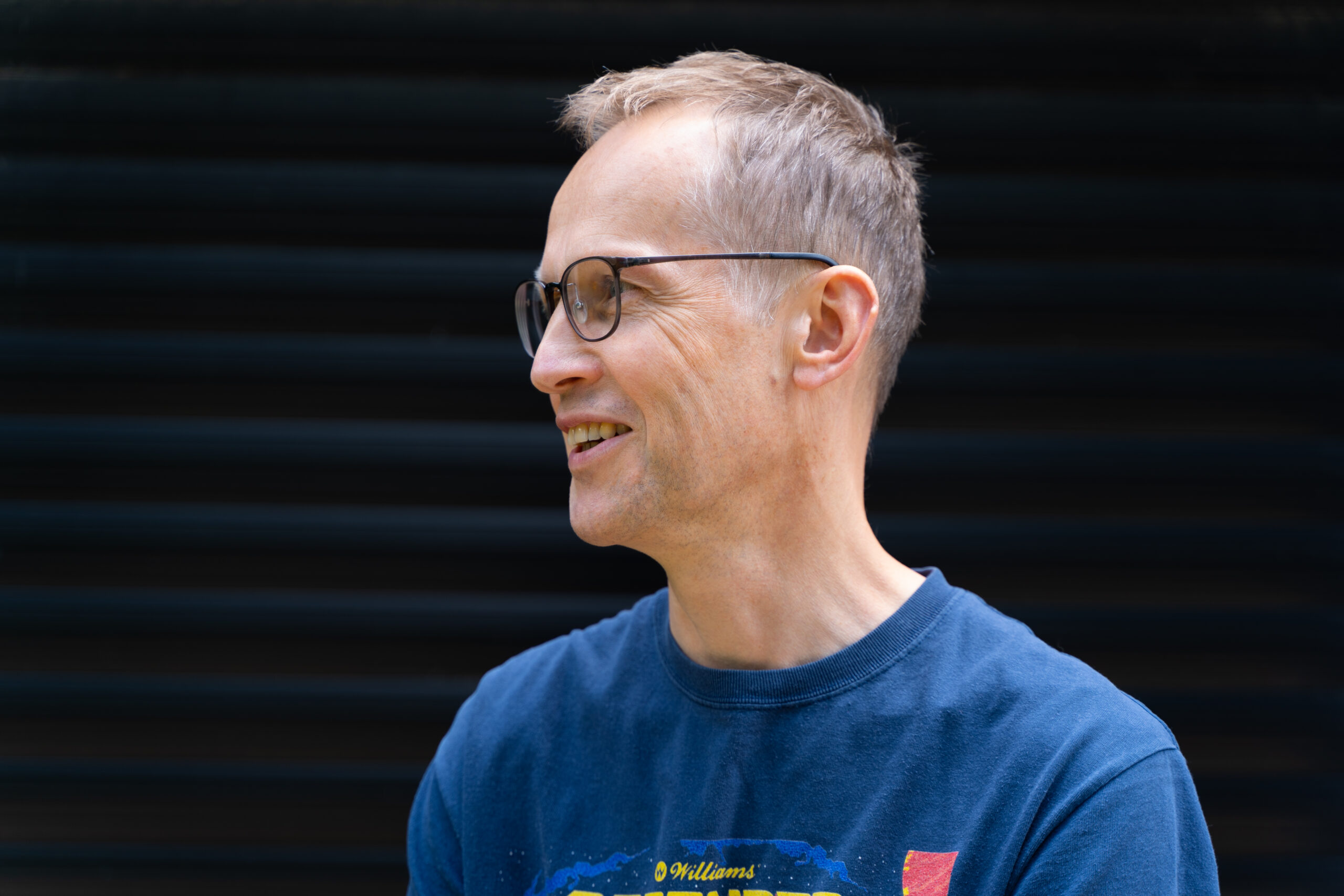
Making futuristic music whilst reflecting on the past, a career in sound with Anoesis.
Anoesis is Howard Dodd, and he’s been out of the limelight for twenty years, but in that time, he never stopped tinkering in his studio.
Anoesis is set to let loose a five-track masterclass in IDM and electronica on London’s Cyphon Recordings entitled ‘Stasislogue’.
Back in the 90s he was responsible for some truly mind-warping breakbeat and IDM across labels like as D*Fusion and Octopus – releasing tracks that always felt like they were made in another dimension.
Here’s a little chat I had with Howard about a robot called Huey, skateboarding in Hove with Dave Clarke, his beloved modular rack, and life on other planets.
Whereabouts are you on the South Coast and how long have you been there?
“I’m from Hove. I actually grew up in the same road as Dave Clarke and we used to hang out when we were about 12 skateboarding and doing photography. I’m now in Hertfordshire but spent about 20 years in London in between.”
What is it you love about where you are living these days?
“The best thing is being able to walk to the end of the road and be in a field, see cows and just get a sense of peace and calm.”
Where have you been for the last twenty years and what have you been up to broadly speaking?
“I got into the software industry (which I’m still in part time) after needing a break from music, got married, had kids, it all takes time!”
Were you still tinkering in the studio in that time or was it a complete cut off?
“I was still recording tracks now and then. Some came out on a Netlabel called Vorbic, some emerged on releases I did this year like the Supercade and Memory on Memory LPs and the Frame Jack 1 EP.”
What brought you back into the studio?
“Good question – it was mainly the geeky side of me. A mate of mine was running a stall at a modular synth festival and asked if I wanted to help. I wasn’t expecting much but suddenly found myself re-emersed in a world I love. Soon after I started buying and making gear again which in turn got me into listening to more dance music and a return to making tracks.
In parallel Stewart from Cosmic Soup got in touch and through various conversations he suggested doing an album.”
"Back in the 90s you’d have one track up on the desk and you’d have to keep working at it until it was done. Now you can chop and change at will."
A lot of people are happy to see your name back on the racks. How does it feel to be back putting out quality records again?
“It feels great, and it feels more like a natural process. It was tough making music on your own in your 20s and sometimes the process and the isolation took its toll. Having solid pillars in your life and being a bit more savvy means you know when to go for it and when to switch off.
The technology also really helps. Back in the 90s you’d have one track up on the desk and you’d have to keep working at it until it was done. Now you can chop and change at will.”
Ivan Smagghe told me he’s a super fan. Are you aware that he was into your stuff?
“It’s exceptionally cool when the big names give you some recognition and I’m very thankful. I heard he was into Supercade, yep things like that give you a real boost.”
Supercade on Cosmic Soup is just killer! How long was that album in the making?
“Although two of the tracks on the album are from quite a while back, the rest of the album came together around 2020-21. I had a lot of different ideas and demos that Stewart and I selected for further work, he also did a great job in pushing me in a few different directions.”
This isn’t your first outing on Cosmic Soup. What have you done with the label before?
“The first release was a collection of tracks under a really old moniker of mine – Doc Bozique. Somebody happened to upload a copy of the original 1993 EP to YouTube, I played it to Cosmic Soup and they loved it. I then dug up some unreleased tracks from the same time and reworked some of the original EP until we had a new release. The second CS release was 2 tracks from my Oxidation 12s that had started getting some recognition in the last few years.”
Over the years you’ve had various monikers. Tongue, Anoesis, Oxidation, Doc Bozique. What was the order of them and what have been the variances in sound?
“Doc Bozique, Anoesis, Oxidation and Tongue – I also did some D&B under Interspacial and even indie tinged tracks under Distance and Materials.
Anoesis has always been about cut up beats and kind of storytelling, whereas my original vision for Oxidation was more straightforward 4 to the floor, although it didn’t always work out like that! Tongue was myself and Tom Withers (aka Klute) – there we wanted to release classic breaks based tracks with a bit of humour and also a nod to some of our punk heroes.”
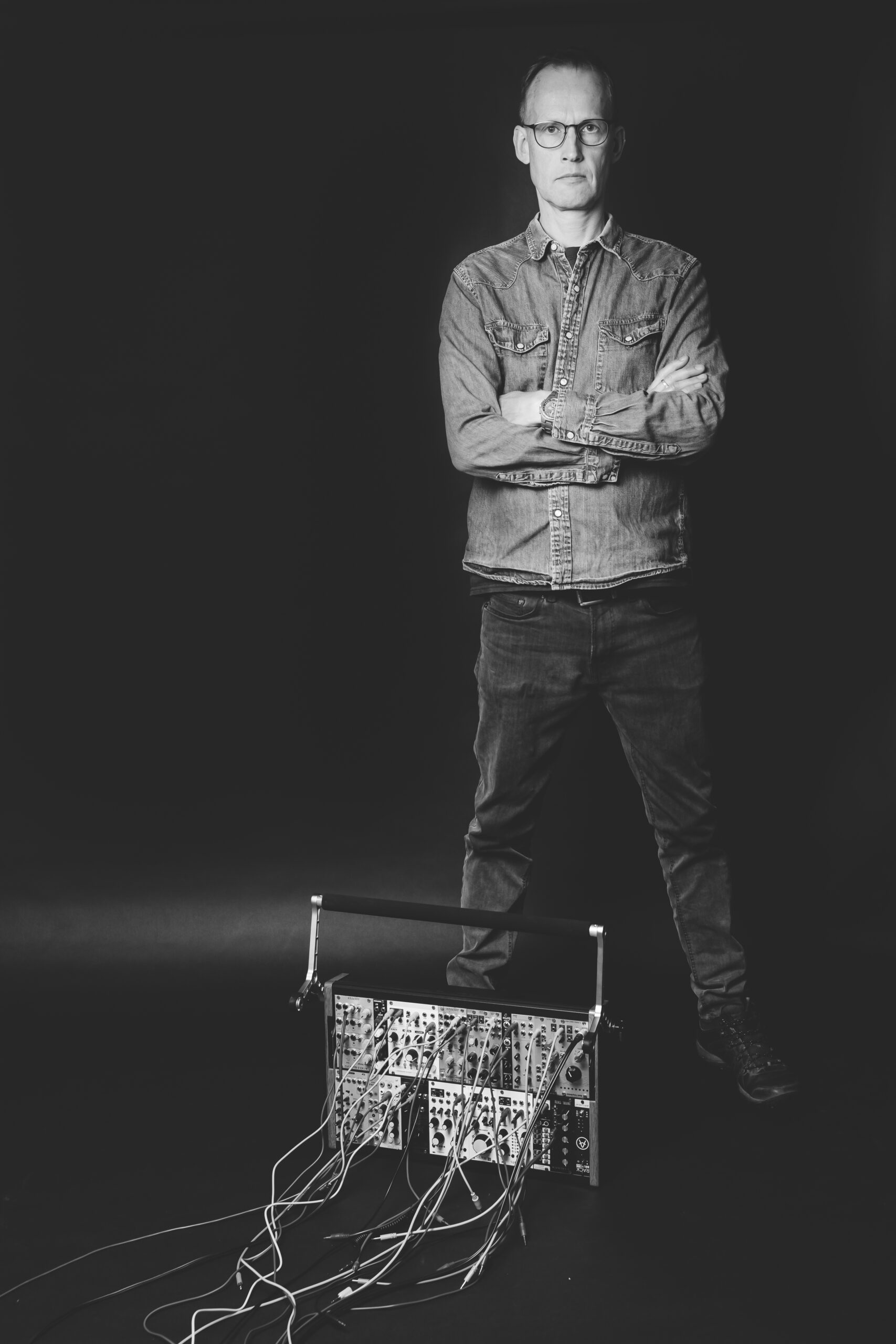
"You’ve still got to have an affinity for the music, you still need to have something to say, you still need to be organised and creative, but, so much has changed."
I guess the bulk of your studio skills were crafted across the 90s. Who were your inspirations at that time for the music that you were making?
“I loved the rave scene and the fact that in the early 90s there was less emphasis on genres. You could listen to a pirate radio house chart, and they’d be playing Doc Scott and Aphex Twin alongside classy Italian house. Most of my inspiration came from really popular club acts as well as rave like Express 2, Jaydee, The (then) Dust Brothers, Guerilla Records, Shut up and Dance, Liquid is Liquid, Nino, Liberty City etc. I was also very much into the jazz and trip hop scene and used to go to see Giles Peterson DJ regularly. His sets were just incredible, and I think a lot of that bled into the music.”
Who do you think were some of the other IDM icons to come out of the 90s in your opinion?
“Depth Charge, Black Dog, also early Photek was amazing. I assembled all his early 12s and remixes on to a C90 and listened to on repeat while travelling in South America.”
The Anoesis project was responsible for some mind-warping breakbeat and IDM back in the day. What do you consider was your biggest release, the one that made the biggest mark?
“Heavy Water seemed to be the one that resonated the most. I remember hearing it played on Judge and the Jury on Kiss FM and at first being massively thrilled they were playing my track. I then realised it was going to get critiqued by some of the most popular house DJs of the day and that they would probably pan it for being too robotic – which they duly and unanimously did! Despite that, it proved really popular especially in the States.”
I never knew what an Anoesis was until I googled it – A feeling, without understanding. Is there some correlation to the way that you make and experience music or am I overthinking it?
“It’s weird, I literally opened a dictionary one day to look for titles and it was the first word I saw. I loved the fact that it was (for most people) an unknown word and it looked good. Of course, the meaning was great and seemed really apt for what I was trying to do, although these days I like to try and work out how specific parts of music make you feel.
There are quite a few people who are using the word now as artists or for track titles, but it was nice being the only one working with the word back then.”
One of your early releases Blood & Sweet goes way back to D*Fusion. How did you get it signed to the West London label, who was involved in the label at that time?
“So D*fusion was an imprint of the distribution company Amato Disco run by Mario Howell. I originally sent some tracks to Amato with the intention of setting up my own label Infusion, but Mario was planning to set up his own label and I was happy for Amato to run with it. They were good group of people and owning your distribution really helped.”
You had a bit of a Drum n Bass moment with ‘Shatter’ on Octopus. Such a massive tune. How did it do, did it go under the radar a bit? Still sounds so heavy.
“Fabio was really into it and it used to get played regularly at Speed and on Kiss FM, but I think it sat waiting for it’s release slot a bit too long – can be a problem with small labels!”
What is the so familiar cinematic sample going on in the background of ‘Shatter’?
“It’s from a little known 1990 film about a person with multiple personality disorder. She used the expression “here come the troops” referring to those personalities, which I also put on the back record cover. The title of the track and the cover relates to the fragility of the mind which really resonated with me at the time.”
What were some of the challenges you faced putting out music back in the day?
“Back then there was very limited feedback for what you were releasing – now anybody can contact you via Messenger, Instagram, even email and let you know they like your music. MySpace was the first platform to break that barrier and I remember when first setting up an Anoesis page suddenly having a lot of people contacting me saying how much they like my music, it was a great bit of delayed validation. Also, at the time, few people were putting out house tempo club music with cut up beats, there was definitely less of a market for that kind of music in the UK back then.”
Do you think what it takes to be a successful artist in 2023 is vastly different from 20 years ago or do you feel the fundamentals remain the same?
“You’ve still got to have an affinity for the music, you still need to have something to say, you still need to be organised and creative, but, so much has changed.
The importance and dynamics of physical record stores in promoting dance culture has massively reduced, and of course through social channels the individual now takes a much bigger part in their own promotion and marketing. Add to that the reduction in the barriers to making music – in the 90s you had to assemble some sort of studio – a desk, outboard FXs, physical synths and samplers, DAT players etc, plus rooting out samples and not being able to rely on YouTube and stem availability. And back then you felt lucky to have an Atari and an affordable sampler! So I’d say people who struggled a bit with the social side and affordability find it easier to get into the scene, but I think the traits of the artist producer remain the same.”
Where is your studio these days and how intense is it?
“It’s an upstairs room in the house, I like to have it somewhere I can access easily and frequently. It’s not as intense as my original set up but that’s mostly down to not needing to have so much physical gear to make a decent track.”
What’s the most important machine in it?
“Probably the modular rack – it’s a mass of cables and lights, great fun to use and video, and is often the basis of new tracks.”
Are you still buying kit, what have you acquired most recently?
“Yes – the last thing I got was a Euclidean pulse generator – sounds very scientific but basically just a simple way of making cool rhythms.”
Cyphon Recordings seem like such a great fit for Anoesis. How did you connect with the label?
“I post quite a bit on Instagram, so people know where to find me. Conrad at the label reached out mentioning he liked my back catalogue and asked if I had any unreleased tracks, which I had. They’re great to work with and really know what they’re doing.”
Your new EP Stasislogue is pretty much a five- track masterclass in IDM and electronica. How do you feel about the end result of this EP?
“It’s the one EP I’ve released this year that features only recent tracks. Yep really happy – it’s got a good spread of different styles but also feels uniform. It’s also been getting some nice attention which always makes you view your tracks in a new light.”
‘Callisto’ is the one for me. SO Underground Resistance pads, synths, bubbling bassline. Tell us a little about the making of that track.
“Thanks – Callisto came from the Supercade LP sessions, but for various reasons didn’t get included. It started off as a collection of chords that I really liked and was sequencing in different orders to see what sounded best. I like the fact that the lead lines repeat over and over, its static but it keeps moving. Right at the end I decided to stick the phaser on the drums, and it really seemed to bring it to life. It’s quite a melancholic track but at the same time very hopeful.”
Are you looking much at new music right now and where do you search?
“At the moment I’m working on a mix for a radio station in Chicago called WNUR 89.3 FM, and have also been putting some charts together, so I’ve recently done a fair amount of searching in Beatport, Traxsource and Bandcamp. I also find following labels and record stores on Instagram really useful.”
Who do you think is making good music at the minute?
“Ben Hauke, Dan Speed and Matt Schildger are making some great stuff. And of course Lone’s output is always incredible.”
Howard Dodd creates machine music with a human core. Is that a fair assessment of you?
“Yep that sounds fair – I always try to get an element of emotion into my tracks whether it’s warmth, urgency, sadness or fascination, but deep down I love bleeps.”
What are you working on in the lab next?
“I’ve got a few tracks ready to go and on the go. As I’ve already released two LPs this year, I’m focusing more on EPs and singles at the moment. I also need to convert a lot of demos to full tracks.”
Your music has always had an out of this world and from another galaxy feel. Do you think there’s life on other planets?
“Cheers, and yes. And I don’t mean that in a new agey kind of way – there’s a mathematical formula called the Drake Equation that tries to predict how many civilisations exist in the galaxy that could potentially communicate with humans. When you take into account the whole universe and take out the communication factor then the number can become pretty significant. It all comes down to whether that civilisation is near enough and exists in the right time window to communicate with Earth.”
How do you feel about robots, and if you had one, what would you call it and what tasks would it fulfil for you?
“I believe it won’t be long before an AI can be configured to be sentient, ie. to think without being prompted and to be steered by created emotions, and if you put that into something mobile, you’d effectively have a new kind of being, albeit one that couldn’t yet reproduce. I’d call my robot Huey (after Silent Running) and I’d get it work my studio so I could sit in the comfy chair barking directives!”


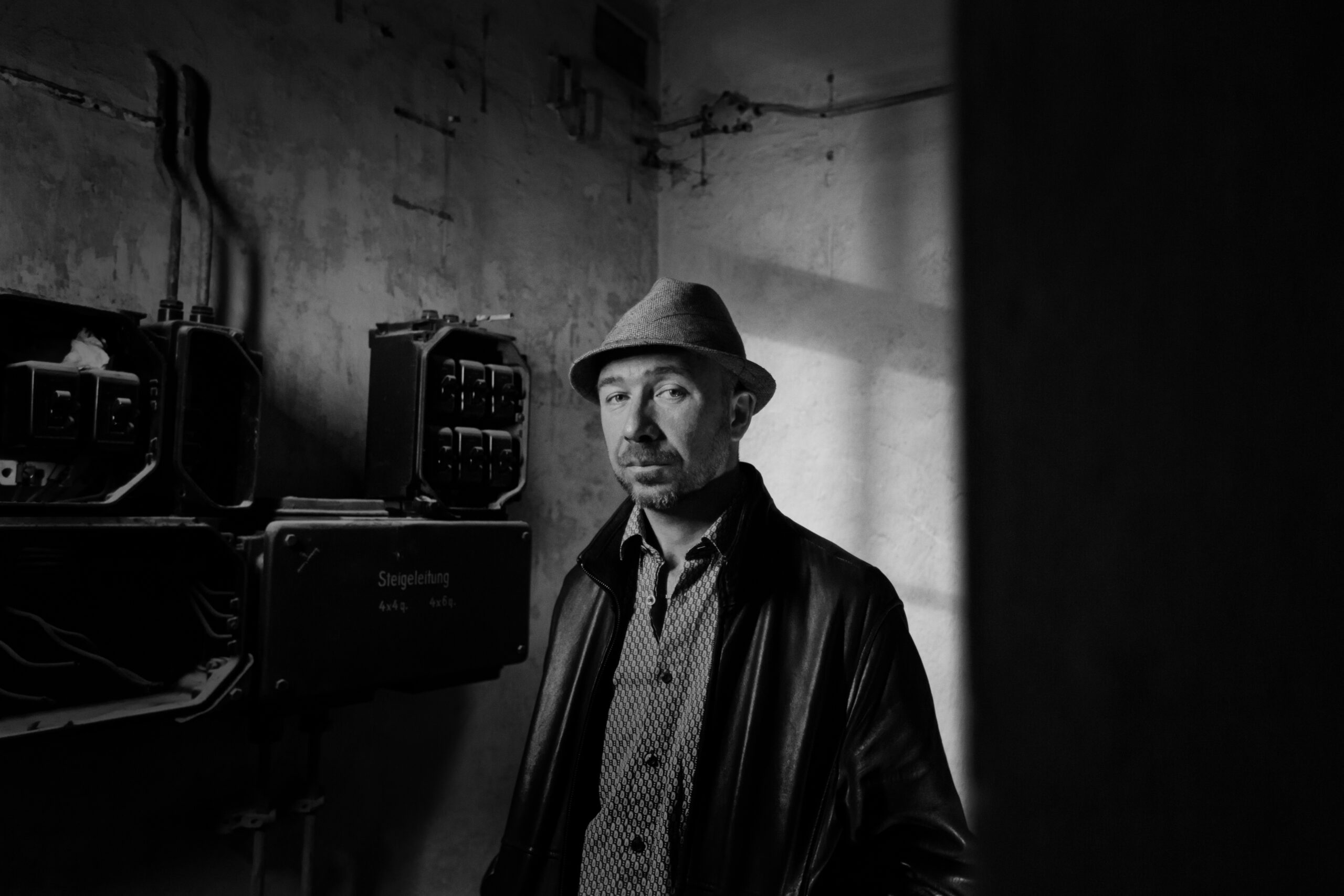
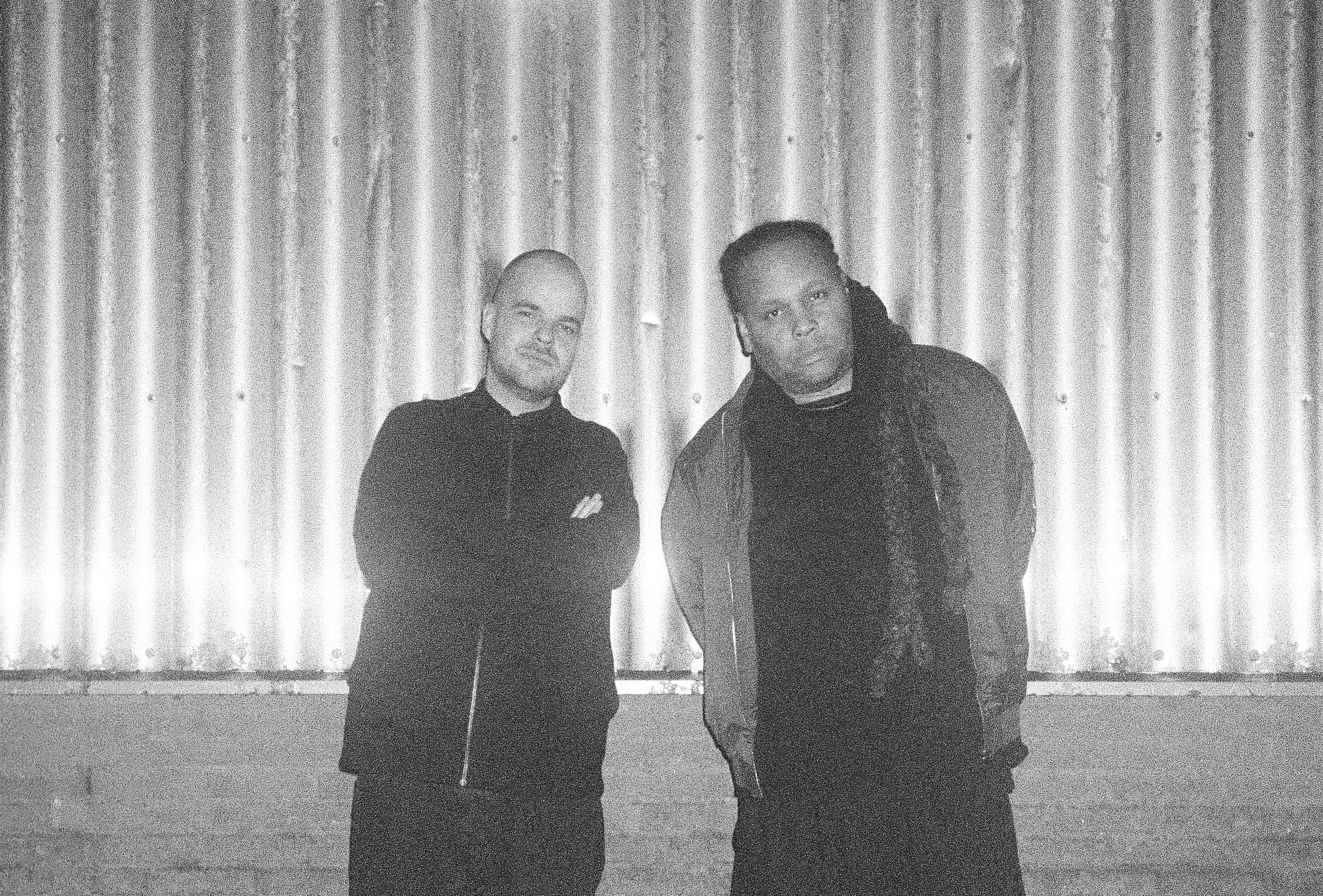
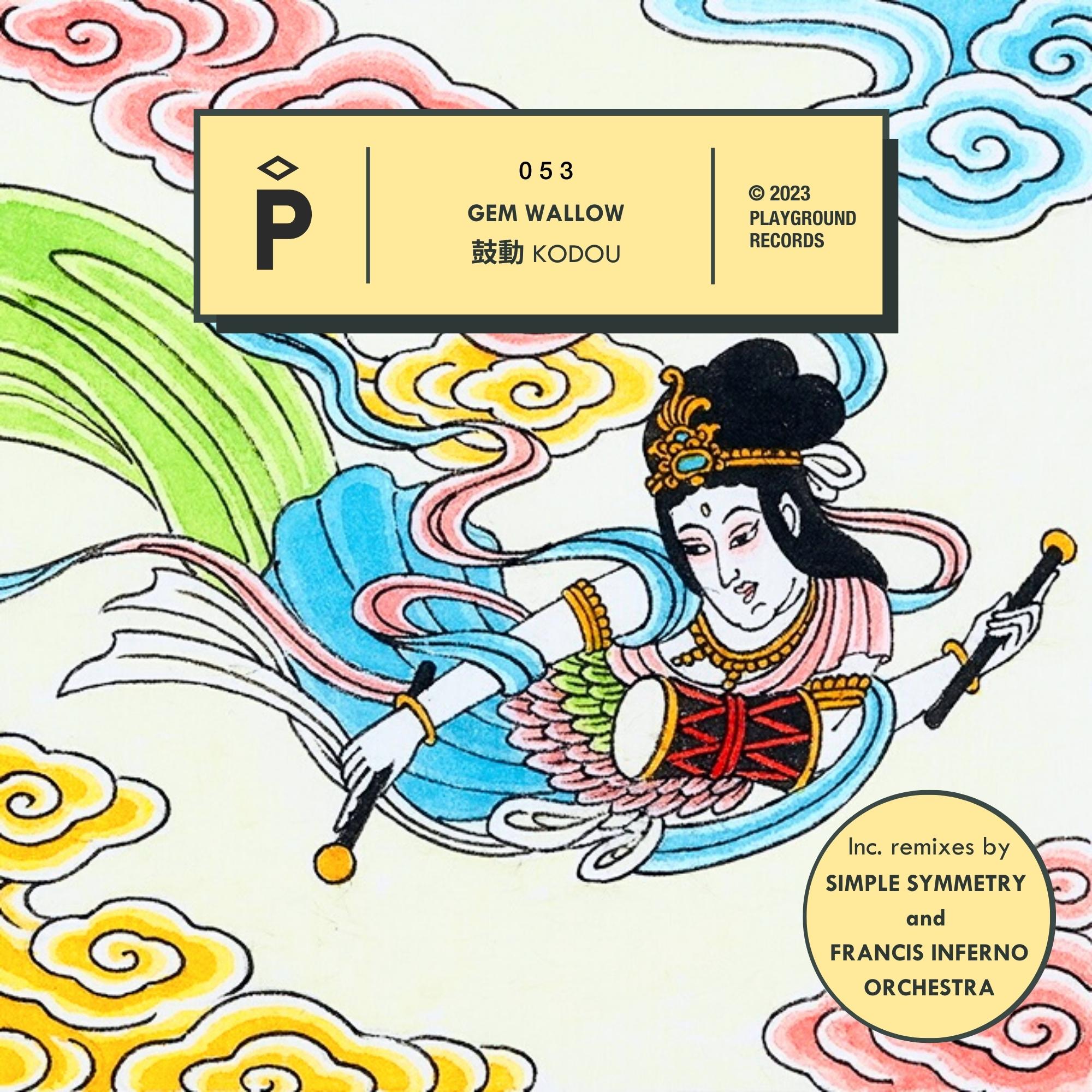












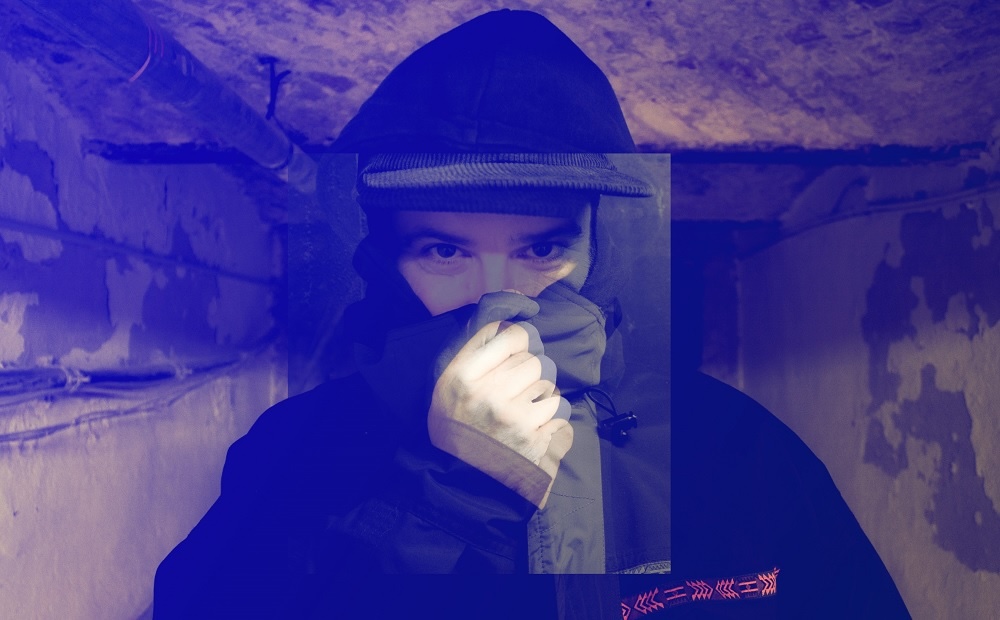




Must Reads
David Holmes – Humanity As An Act Of Resistance in three chapters
As a nation, the Irish have always had a profound relationship with the people of Palestine
Rotterdam – A City which Bounces Back
The Dutch city is in a state of constant revival
Going Remote.
Home swapping as a lifestyle choice
Trending track
Vels d’Èter
Glass Isle
Shop NowDreaming
Timothy Clerkin
Shop Now